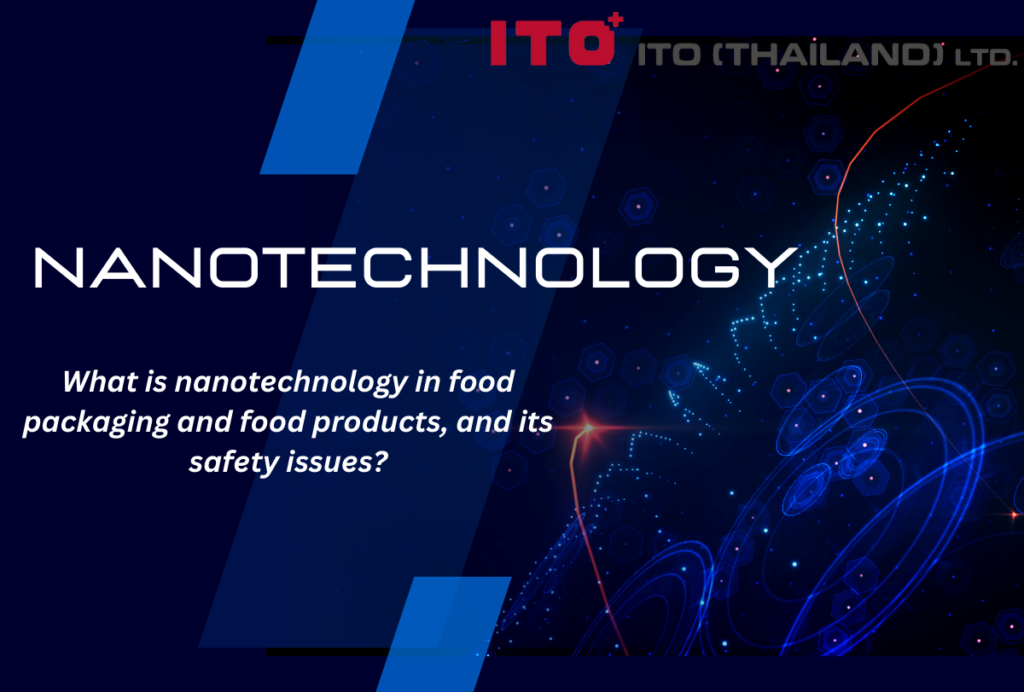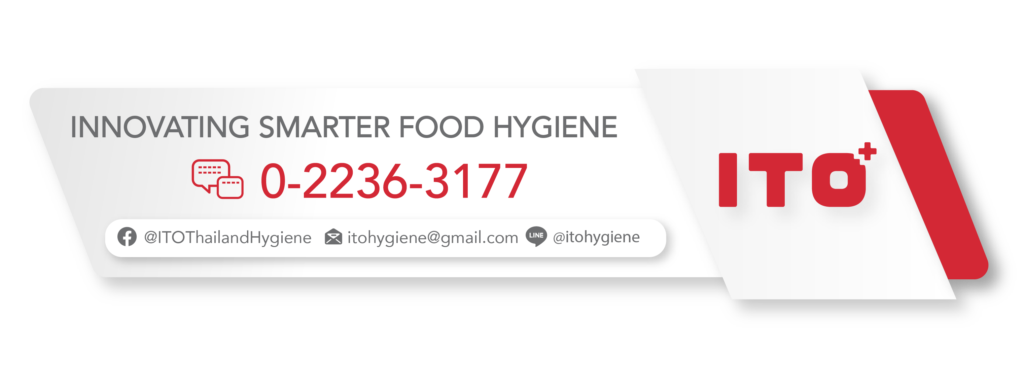ITO Thailand Hygiene Blog
Nanotechnology in the Food Industry
Nanotechnology has been brought to our attention for the last decades, and it has provided various beneficial applications to the food industry. Unlike other technology, nanotechnology has broadened the knowledge in the food industry to another level in a nanoscale dimension. It involves almost every aspect of the food industry, including food packaging, food processing, as well as functional food development and enhancement of food safety. In this blog, we will discuss how nanotechnology is used in food packaging and food products, and the most important part, its safety issues.
Nanotechnology in Food Packaging
In food packaging, the most recent development and widely used applications of nanotechnology are nanoparticles, nanosensors and nanobiosensors (10). Nanoparticles reinforced bio-nanocomposites usually have a dimension between 1-100 nm on at least one side and are also related with the enhanced mechanical, rheological, barrier, thermal, as well as antimicrobial properties of the packaging, which provide a longer shelf-life (14), and bio-nanocomposites are considered as a new, and efficient materials for food packaging because of its high surface area of reinforced nanoparticles (11). Wide range of nanomaterials are used in food packaging such as nanocellulose, nano starch, protein nanoparticles, chitosan nanoparticles, carbon nanotubes, silver nanoparticles, zinc oxide nanoparticles, titanium dioxide nanoparticles, and nanoclay with different functions such as increasing thermal stability or tensile strength, providing antibacterial activity, or improving mechanical property (1). Amongst all types of the smart packaging, intelligent packaging has been forecasted to be the most utilised packaging because it provides an informative, interactive, low cost, and consumer-oriented features with aesthetically pleasing design (6). Nanoparticles also have a high stability even in extreme conditions such as high heat and pressure environments (13), so it is quite flexible and can be used in a variety of food packaging.
Nanosensors and nanobiosensors are small devices commonly used in an intelligent food packaging (In another blog, we will have a discussion on ranges of food packaging, including intelligent packaging which has the ability to monitor the condition of packaged food, and communicate with consumers to keep them safe) because those sensors are able to be programmed, detect or measure physical or chemical properties on the condition of food or the environment surrounding the food and send those signals back to consumers (4). Thus, consumers are informed with the information on the quality of food, as well as an enhanced food safety, and help them determine to consume in its optimum condition.
Nanostructure of Food Products and usage in Food Processing
Nanotechnology in food products is mainly associated with the usage in food processing. We have discussed the application of microencapsulation in the previous blog, and nanoencapsulation is taking encapsulation to another level with a smaller dimension in nanoscale and is widely used as well, thus an improve in efficiency of encapsulation can be expected such as better odour masking function, and better control the releasing of active agents, as well as improved barrier properties (16). Nanosized bioactive compounds can be absorbed efficiently and also can be delivered with more accuracy at any target destination, ensuring availability at expected condition, and maintaining their functional stability for a longer period during storage (15), as well as a deeper penetration of a smaller size which leads to more delivery efficiency (7).
Moreover, nanofiltration (NF) is one of the four major membrane processes that are driven by pressure (They consist of microfiltration, ultrafiltration, nanofiltration, and reverse osmosis), so it is often used in the food industry with a pore size of 0.5-1 nm (12). NF is related to several production steps such as the desalination of process, pyrogen removal, and condensate polisher (9).
Safety Issues
There are several concerns on the toxicity and its environmental effects of nanomaterials (2). For instance, aggregation and agglomeration of nanosilver particles can occur in a poor environmental condition, and they have a high risk to become partially uncoated and eventually become unstable, thus resulting in a release of silver atoms which is toxic (8). Moreover, nanosilver which has been used as an antimicrobial agent, has raised the concern of consumers and related parties because a number of studies have found that it can cause damages to the human body such as bluish-colour skin, oxidative damages in cellular systems (8). It is believed that the toxicity of nanosilver is from its ionic and nano form, and can damage and compromise mitochondria respiration, which results in cell oxidative stress (3). Furthermore, a study has found the genotoxicity and carcinogenicity of nanoparticles in food packaging materials, so the use of nanotechnology in the food industry must be regulated (5).
In short, there are numerous benefits of nanotechnology that are currently used in the food industry but there are some concerns in regard to the safety issues as well. These issues are also not new for food innovations, because when these nanomaterials are related with consumer health risk, they must be carefully managed and have a strict procedure to control their safety. ITO Thailand aims to improve the quality of food standard, by supporting an innovative solution, and also ensure consumers’ health and safety as a priority.
References
1.Ashfaq, A., Khursheed, N., Fatima, S., Anjum, Z., & Younis, K. (2022). Application of nanotechnology in food packaging: Pros and Cons. Journal of Agriculture and Food Research, 7, 100270. https://doi.org/10.1016/j.jafr.2022.100270
2.Berekaa, M. M. [Mahmoud M. B., & Saudi Arabia. (2015). Nanotechnology in Food Industry; Advances in Food processing, Packaging and Food Safety. International Journal of Current Microbiology and Applied Sciences, 4(5), 345–357. http://innocua.net/web/download-3325/mahmoud-m.-berekaa.pdf
3.Bressan, E., Ferroni, L., Gardin, C., Rigo, C., Stocchero, M., Vindigni, V., Cairns, W., & Zavan, B. (2013). Silver Nanoparticles and Mitochondrial Interaction. International Journal of Dentistry, 2013, 1–8. https://doi.org/10.1155/2013/312747
4.Caon, T., Martelli, S. M., & Fakhouri, F. M. (2017). New trends in the food industry: application of nanosensors in food packaging. Nanobiosensors, 773–804. https://doi.org/10.1016/b978-0-12-804301-1.00018-7
5.Gokularaman, S., Cruz, S. A., Pragalyaashree, M. M., & Nishadh, A. (2017). Nanotechnology approach in food packaging-review. Journal of Pharmaceutical Sciences and Research, 9(10), 1743-1749.
6.Gregor-Svetec, D. (2018). Intelligent Packaging. Nanomaterials for Food Packaging, 203–247. https://doi.org/10.1016/b978-0-323-51271-8.00008-5
7.Lamprecht, A., Saumet, J. L., Roux, J., & Benoit, J. P. (2004). Lipid nanocarriers as drug delivery system for ibuprofen in pain treatment. International Journal of Pharmaceutics, 278(2), 407–414. https://doi.org/10.1016/j.ijpharm.2004.03.018
8.McShan, D., Ray, P. C., & Yu, H. (2014). Molecular toxicity mechanism of nanosilver. Journal of Food and Drug Analysis, 22(1), 116–127. https://doi.org/10.1016/j.jfda.2014.01.010
9.Lipnizki, F. (2010). Membrane Technology, Volume 3: Membranes for Food Applications.
10.Rashidi, L., & Khosravi-Darani, K. (2011). The Applications of Nanotechnology in Food Industry. Critical Reviews in Food Science and Nutrition, 51(8), 723–730. https://doi.org/10.1080/10408391003785417
11.Rhim, J.-W., Park, H.-M., & Ha, C.-S. (2013). Bio-nanocomposites for food packaging applications. Progress in Polymer Science, 38(10–11), 1629–1652. https://doi.org/10.1016/j.progpolymsci.2013.05.008
12.Salehi, F. (2014). Current and future applications for nanofiltration technology in the food processing. Food and Bioproducts Processing, 92(2), 161–177. https://doi.org/10.1016/j.fbp.2013.09.005
13.Sawai, J. (2003). Quantitative evaluation of antibacterial activities of metallic oxide powders (ZnO, MgO and CaO) by conductimetric assay. Journal of Microbiological Methods, 54(2), 177–182. https://doi.org/10.1016/s0167-7012(03)00037-x
14.Shukla, P., Chaurasia, P., Younis, K., Qadri, O. S., Faridi, S. A., & Srivastava, G. (2019). Nanotechnology in sustainable agriculture: studies from seed priming to post-harvest management. Nanotechnology for Environmental Engineering, 4, 11. https://doi.org/10.1007/s41204-019-0058-2
15.Singh, T., Shukla, S., Kumar, P., Wahla, V., Bajpai, V. K., & Rather, I. A. (2017). Application of Nanotechnology in Food Science: Perception and Overview. Frontiers in Microbiology, 8. https://doi.org/10.3389/fmicb.2017.01501
16.Ubbink, J., & Krüger, J. (2006). Physical approaches for the delivery of active ingredients in foods. Trends in Food Science &Amp; Technology, 17(5), 244–254. https://doi.org/10.1016/j.tifs.2006.01.007
Related Post
-

Biodegradable Packaging
As straightforward as its name, it means any packaging that will naturally fall apart and decompose. In recent years, biodegradable packaging has been included as one of the sustainable development goals for several organisations. A similar issue, bioplastics, an alternative to sustainable living, was discussed in a previous blog. However, there are some differences between them. For example, bioplastics are made from raw materials sourced from renewable and natural sources and could or could not be biodegradable. In contrast, biodegradable plastic can naturally degrade through living organisms no matter the source material it originates from. The development history of biodegradable packaging, frequently used materials, the pros and cons of biodegradable packaging, and its future trends will be discussed in this blog.
-
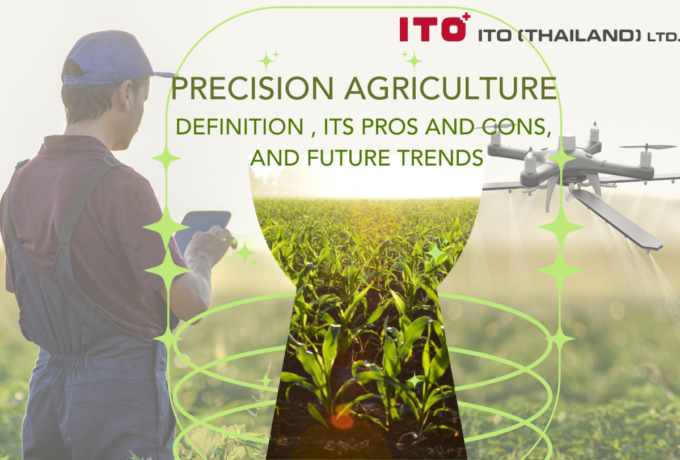
Precision Agriculture
Precision agriculture has revolutionised how we approach crop management by optimising the inputs to meet specific requirements. Even though it is not a new system, recent technologies have made it possible to apply it in practical productions. In this blog, we will discuss the definition of precision agriculture, its pros and cons, and future trends.
-
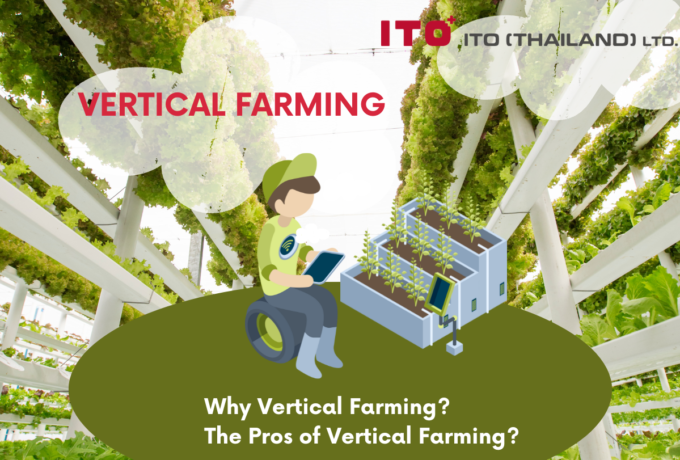
Vertical Farming
Agriculture has utilised nearly all the available land, causing growing difficulty in finding land on the earth’s surface. With limited resources, meeting the world’s food demands will require more innovative and dependable methods of producing safe food, and the answer lies in vertical farming.
-
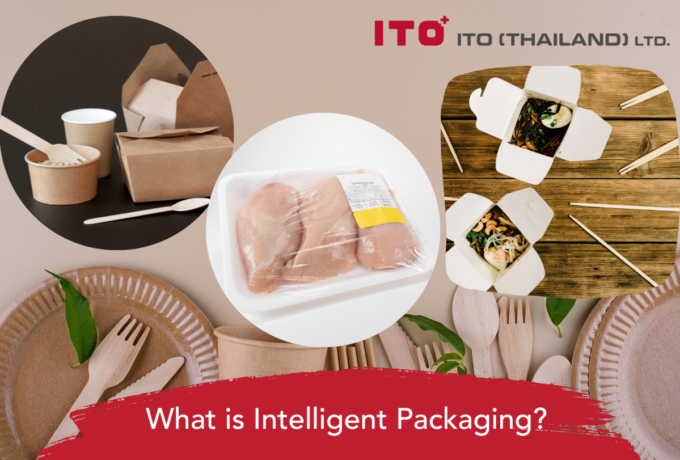
Intelligent Packaging
Without packaging, food products would last for only a short period of time, impossible for logistics management, difficulties in the supply chain system, quick quality deterioration, and prone to contamination to risky foodborne pathogens. In reality, there are many more functions that packaging is contributing to food products, as well as many types of smart packaging. Intelligent packaging is considered to be a part of smart packaging, so in this blog, we will discuss the contribution of intelligent packaging to food products.
-
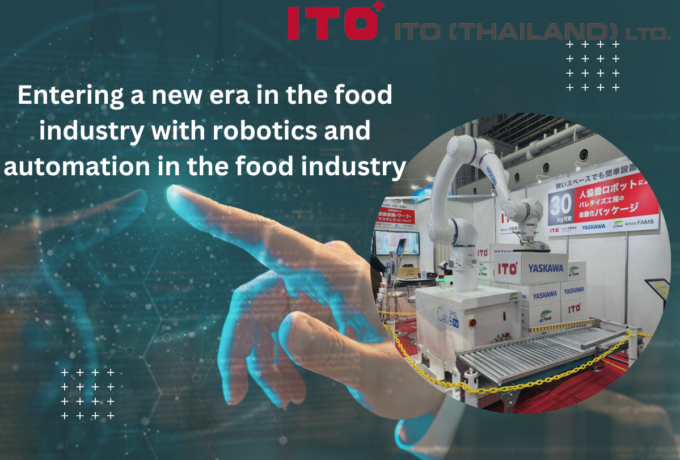
Robots & automation in the food industry
Entering a new era in the food industry with robotics and automation in the food industry
-
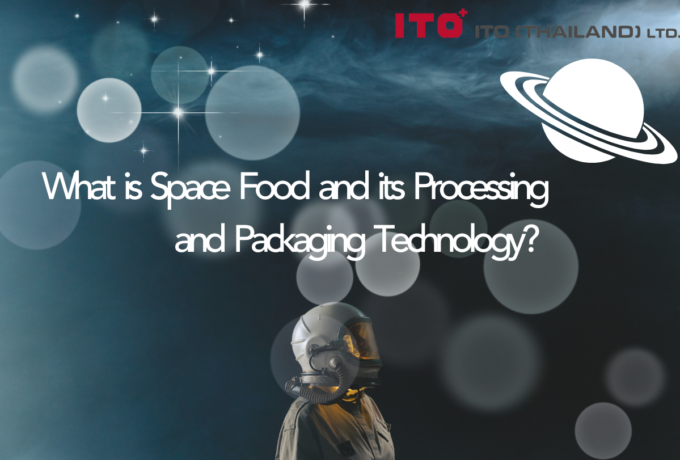
Space Food (Part 1)
In recent years, there has been a number of research in regard to foods for long-term transport. We have discussed that some types of food, such as 3D printed food, are customisable and able to create personalised meals. Doubtlessly, it is capable of long-term missions such as aerospace and military applications. Space food, its processing and packaging technology, as well as space food and waste management will be discussed in this blog.








